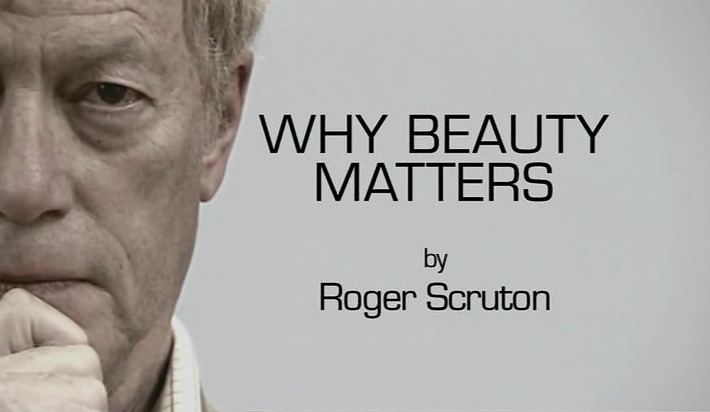Over at The Slow Hunch, I have a post on the importance of aesthetics within organizations. I draw heavily from philosopher Roger Scruton and ICU physician and cultural historian (not mention fellow Mormon) Samuel Brown. While organizations often get the first two of the ancient triad Truth (science), Goodness (ethics), and Beauty (aesthetics) correct, the third tends to be ignored. Both organizations and the people they serve would be better off if it wasn’t.
Check it out.

You know who’s good at this? The Belgians.
At least on the municipal level. When I visited last summer I noticed that even the little notice signs in the train had little comic-book-like characters drawn on them. It’s not uncommon in Brussels to find comic murals painted on otherwise blank walls on houses.
http://nathanwinder.smugmug.com/The-Galleries/Brussels/i-mNnmZW6/A
And really, aside from the hasty post-war architecture, I think Belgium has some of the most beautiful buildings in all of Europe. And waffles! Think about it.
Come to think of it, it seems like the world in general sort of dropped the aesthetic ball after WWII. You can always tell pre-war buildings to post-war buildings because they are generally filled with all kinds of little decorations and flourishes that have all but disappeared from more modern buildings. Even old advertisements and hand-painted signs and so on seem to have been given a great deal more care in the olden days.
And what about books? Today they are functional, two centuries ago they often had beautiful covers, intricate illustrations, beautiful script. And seven centuries ago, they were often gorgeous illuminated manuscripts, works of art from dedicated copyists.
I’m not saying we should start hand-copying books and making murals out of the first letter of each chapter, and I might be idealizing the past a bit, but it is interesting to note that often as things become easier and cheaper to produce, they often become less attractive to the senses. I wonder why.